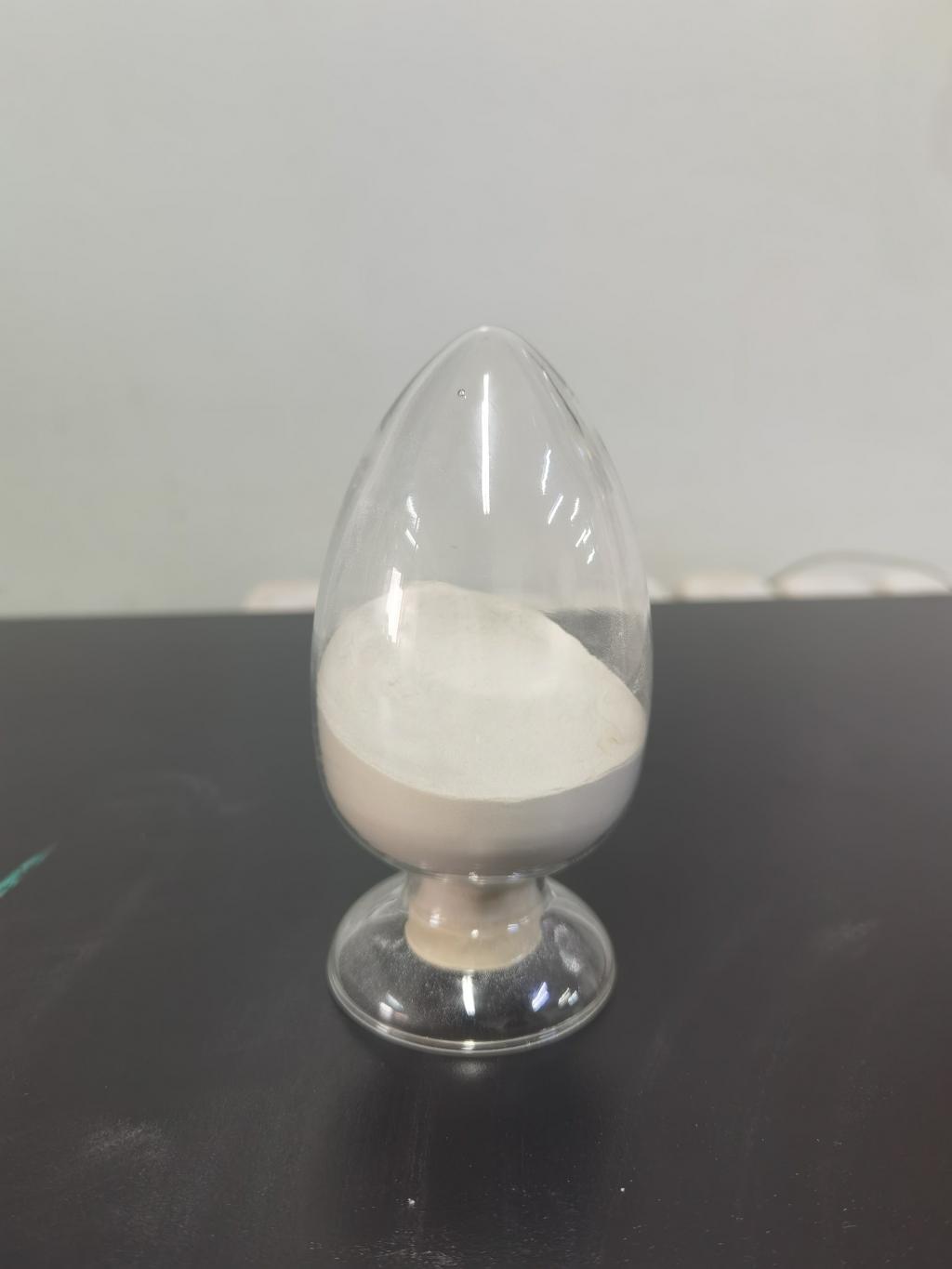Tel:+8618231198596

News
 CONTACT
CONTACT
 CONTACT
CONTACT
- Linkman:Linda Yao
- Tel: +8618231198596
- Email:linda.yao@dcpharma.cn
- Linkman:CHARLES.WANG
- Department:Overseas
- Tel: 0086 0311-85537378 0086 0311-85539701
News
Current Position:
Home >
News
>Nisin's Application in Indigenous Food Preservation Techniques: A Global Perspective
Nisin's Application in Indigenous Food Preservation Techniques: A Global Perspective
TIME:2024-02-19
I. Historical Context of Indigenous Food Preservation:
To understand the significance of incorporating nisin into indigenous food preservation, it is essential to delve into the historical context of traditional techniques. Indigenous communities have employed methods like fermentation, drying, smoking, and salting for generations. These practices not only extended the shelf life of perishable foods but also imparted unique flavors and textures. Examining these time-tested methods provides a foundation for evaluating the compatibility and integration of nisin into indigenous culinary practices.
II. Nisin: A Natural Antimicrobial Agent:
Nisin is a polycyclic antibacterial peptide produced by certain strains of Lactococcus lactis, a bacterium commonly used in the fermentation of dairy products. Its antimicrobial properties have been extensively studied and validated, making it an attractive candidate for food preservation. Nisin effectively inhibits the growth of Gram-positive bacteria, including some foodborne pathogens, without posing significant risks to human health. Understanding the mechanism of action of nisin is crucial for its successful integration into indigenous preservation techniques.
III. Preservation Challenges in Indigenous Communities:
Indigenous communities face unique challenges when it comes to food preservation. Limited access to modern technologies, fluctuating environmental conditions, and the need for sustainable practices require thoughtful adaptation of preservation methods. Nisin presents an opportunity to address some of these challenges by offering a natural and effective means of inhibiting microbial growth, thereby reducing food spoilage and waste.
IV. Case Studies of Nisin Integration in Indigenous Preservation:
Examining specific case studies from various regions allows us to explore how nisin can be integrated into indigenous food preservation techniques. Whether enhancing the fermentation process of traditional dairy products in Mongolia or augmenting the drying and smoking of fish in coastal communities, these examples illustrate the versatility of nisin in preserving culturally significant foods.
V. Cultural Implications and Acceptance:
The incorporation of nisin into indigenous preservation techniques raises questions about cultural acceptance and the potential impact on traditional culinary practices. It is essential to engage with local communities, respecting their cultural heritage and knowledge, while introducing innovations that align with their values and preferences. Collaborative efforts between scientists, researchers, and indigenous communities are crucial for a balanced and sustainable approach.
VI. Future Directions and Considerations:
As the global food landscape continues to evolve, the role of nisin in indigenous food preservation presents both opportunities and challenges. Future research should focus on optimizing application methods, assessing long-term effects on food quality, and developing cost-effective strategies for widespread adoption. Additionally, exploring the potential synergies between nisin and other traditional preservation techniques could unlock new possibilities for sustainable food preservation.
Conclusion:
Nisin's application in indigenous food preservation techniques offers a promising avenue for enhancing the shelf life of traditional foods while preserving cultural heritage. The careful integration of this natural antimicrobial peptide requires a collaborative approach that considers the unique challenges and opportunities present in diverse communities worldwide. By bridging the gap between tradition and innovation, nisin has the potential to contribute significantly to the sustainability and resilience of indigenous food systems on a global scale.
- Tel:+8618231198596
- Whatsapp:18231198596
- Chat With Skype







